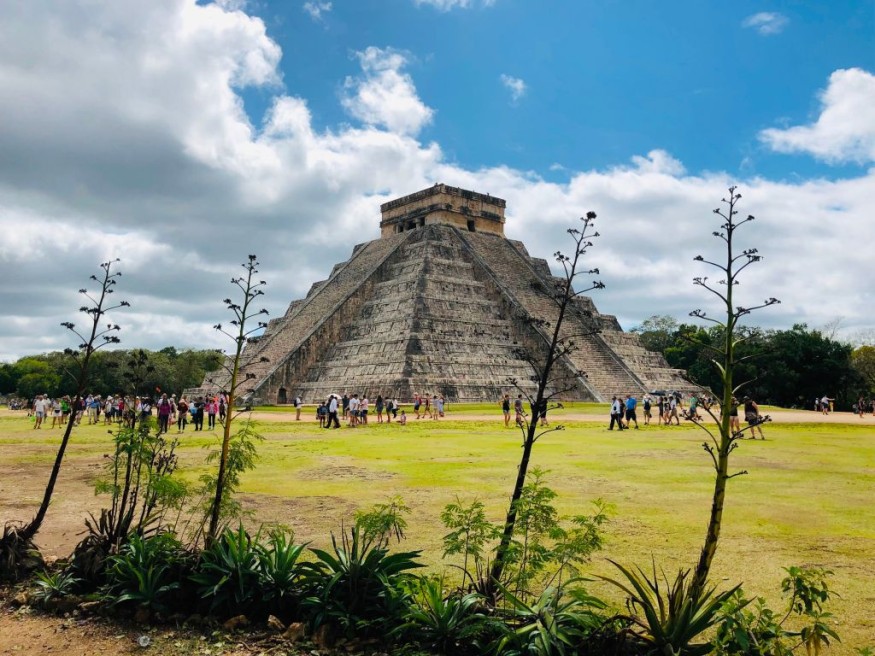Maya Civilization's Surprising Contributions to the Modern Latin America

The Maya civilization is considered one of the oldest and longest-lasting empires. The empire occupied much of the territory that is now northern Central America, including Belize and Guatemala, and southeastern Mexico during its peak.
However, the Maya community collapsed around 900AD due to political instability and environmental factors. The Maya society had a huge divide between the upper and lower classes. The upper class usually included royalty, while the middle class was artisans, merchants, soldiers, and some of the lower-ranking priests.
The lower class were laborers, servants, farmers, and slaves. Despite being often mistakenly to have died out, people with Mayan lineages live in Yucatan, Quintana Roo, Campeche, Tabasco, and Chiapas in Mexico.
In Yucatan, the Maya civilization is referred to as Mayapan. Its surviving descendants prefer to call themselves the Quiche or Yucetec, depending on whether they live in the North or South of the lands that were once the Maya civilization.
Maya Civilization's Contributions
Being one of the longest-lasting empires, it is no doubt that the Maya civilization has made several discoveries that are now considered to be an important influence on modern society. Here's a look at this once magnificent civilization and some of its significant inventions.
Writing System and the Number 'Zero'
The Mayas learned how to communicate with one another using one of the world's first written languages. The written language of the Maya was made up of around 800 glyphs or symbols.
Each symbol represents a word or syllable, which could be combined with others in an "almost infinite number of ways." It resulted in three or four different ways to write almost every word in the Mayan language.
To this day, 80% of their language can still be understood by their living descendants. The Maya civilization also birthed a form of an early book that documented the exploits of their gods, daily life, and news, among other subjects.
The books were written on bark and folded into fan-like structures. However, several of the copies were destroyed by the foreign conquerors. The Mayans were also able to develop their own number, "zero," during some 350 AD. They invented the mathematical concept of zero, or "Nik."
In various stone sculptures, painted codices, and decorated pottery, the Maya zero is represented as a seed, a flower, a conch shell, or a human head in profile.
Mayan Calendar and Astronomy
The Mayans knew how to forecast a solar eclipse and used these projections to aid in planting and harvesting. They even developed two calendars that are precise as those we use today.
The first calendar was known as the Calendar Round, which has similarities to the modern-day calendar. However, it measured time in an endless loop, prompting a priest to create another system, the Long Count.
The Long Count system is done by counting onwards from a fixed date, which was in the distant past. On the other hand, the Mayans saw astronomy as a tool to give an "accurate enormous clock."
Architecture
The Maya also created structures during their reign. It included palaces, acropolises, pyramids, and astronomical observatories. One of the most famous Maya structures is El Castillo, or the Pyramid of Kukulkan at Chichen Itza, combining their knowledge in engineering and astronomy.
The first Maya cities also developed large plazas, with Maya settlements having elevated limestone roads known as "sacbeob" or "white roads."
Medicine and Agriculture
The Mayans were skilled at dentistry, having used iron pyrite as tooth fillings. Mayan "witch doctors" were also knowledgeable in creating prosthetics made from jade and turquoise and used obsidian for making cuts.
Today, some surgeons performing specialist operations still use obsidian because it is the sharpest edge. Recent discoveries found that Mayan farmers grew manioc or cassava. Their main crops also include corn, beans, and squash.
This article is owned by Latin Post.
Written by: Mary Webber
WATCH: Entire History of the Mayans / Ancient America History Documentary - From History Time
Subscribe to Latin Post!
Sign up for our free newsletter for the Latest coverage!
© 2025 Latin Post. All rights reserved. Do not reproduce without permission.









